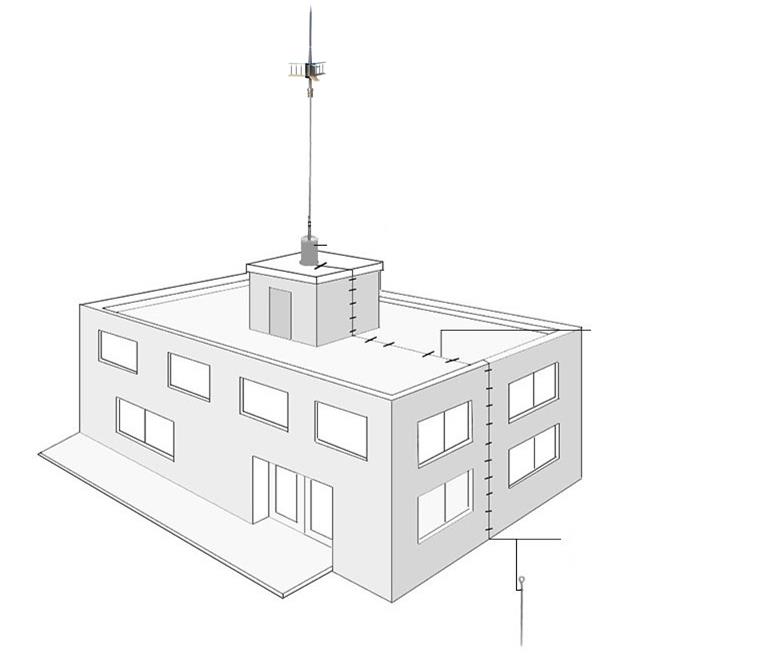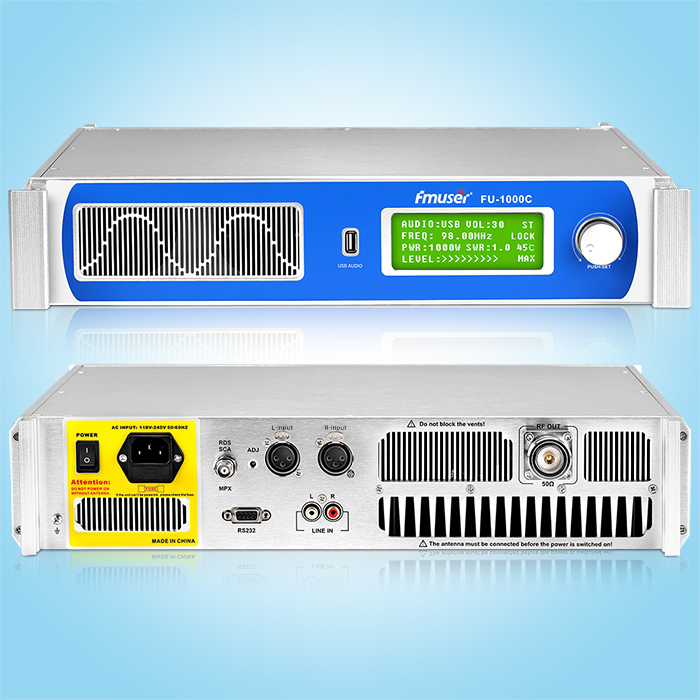Portable device multi-elevative polymer battery management based on programmable logic
Portable devices are closely related to the development of batteries. From the initial lead-acid battery, nickel-cadmium (Ni-CD) batteries to NiMH (Ni-h), lithium ions (Li-ION) batteries have been nearest Li-polymer battery, energy density is gradually improved, and the mobile performance is getting stronger, and the shortcomings of the battery are constantly being overcome. This article will introduce a management system design of a portable lithium polymer battery.
System Overall Structure The application entity is an industrially used portable device that uses Altera's FPGA and the NIOS II embedded processor on which the USB interface is connected to the computer, and the large data amount is applied. This device requires a 30V DC voltage, so it is planned to use a battery pack in series of 4 1000mAH lithium polymer batteries; in addition, only one square USB interface (USB B Type Socket) is used for waterproof and dustproof, this USB port At the same time, both data transmission and charging functions.
The overall structure is shown in Figure 1. Control The core includes FPGA and its connected interface, display circuitry, a low voltage of 3.3V, which is directly down downward from the 4-core lithium battery pack from the 4-core lithium battery pack by high efficiency DC / DC chip. This voltage is important, so it needs to be kept stable and continuous, unless the battery pack is low or overcurrent protection, otherwise this voltage is supplied.
Figure 1 System Overall Structure Box Chart
The actuator needs a 30V DC voltage, the current is about 80mA, using a boost DC / DC circuit, this circuit is manipulated by the control core, usually not working, only before the action is required.
The external 20V power supply is used to connect to the USB interface. Using this power supply is to charge 1C or 0.5C high current high speed. Since a port is shared with ordinary USB, a voltage judgment circuit is required to be judged in order to avoid accessing ordinary USB. Due to the desirable chip solution market, it is difficult to find, decided to use the residual logic resources of FPGA to implement the control function of the charger, add a small amount of analog circuit to assist. This requires that the power supply of the control circuit cannot be interrupted, and the battery pack must always be online, and the battery negative needs to be connected to the GND.
The most important part of the voltage sampling of the battery circuit 1 is the design of the voltage sampling circuit, and the accuracy is high and the temperature is small. This design is difficult to float in the battery voltage for GND. Many scenarios have taken a differential op amp to convert to the ground voltage and enter a dedicated ADC to perform an AD transform. However, this program has produced many problems due to the introduction of differential op amps. First, the voltage is relatively high, the op amp is difficult to find; second, the power supply of the op amp is used to use the same power supply, so it requires op amps to be able to track the function of rail input; again, there may also need a negative power supply, Noise is introduced using DC / DC; additional, op amps and use of the matching resistor reduces accuracy.
Figure 2 RC charging circuit
In order to simplify the circuit as much as possible, the integrated ADC is constructed, converting the high precision of the FPGA timing into voltage measurements. This is a simple RC charging circuit (see Figure 2). The workflow is: J1 first closes, release the charge on C1; then J1 is opened, and the C1 is charged by R1; the voltage comparator U1 compares the voltage on C1 and the reference voltage V2, when the C1 voltage exceeds V2 output high electricity flat. The statistics can determine the voltage size of V1 from the time between J1 to the U1 output high level. It can be visually seen that the higher the V1, the shorter this time. The actual circuit is shown in Figure 3, paying attention to this picture only the measurement circuit of the first battery. Among them, R1 and C1 are the resistance and capacitance used by integral, Q1 is a commonly used P-MOSFET, where J1 is used to achieve the function of the capacitor discharge, and the U5 simultaneously realizes the voltage reference and the voltage comparator dual function. X1 is discharge control, from FPGA, X2 is the switch output, go to FPGA. The voltage comparator is selected is the MAX921 of the US letter company.
Figure 3 actual sampling circuit diagram
This circuit consumes only 4μA current and C1, Q1, Q2 of the MAX921 when static, and basically negligible, very power saving. This circuit is another feature that saves the frequently used photocoupler and uses capacitance C2 instead. When static, the C2 ends the voltage balance, does not consume electrical energy, at this time, the X2 voltage is 0. The U5 is output at a high level because the voltage of the C2 cannot transient, so the X2 voltage is improved. D1 and D2 two Schottky diodes are limited. Carefully adjust the value of C2 and R4 to smoothly pass the information.
2 Balance charging balance charging is a charging method required for all lithium battery packs, but many small power applications are actually unbalanced charging, such as most laptop battery packs, which actually affects battery life. big.
Existing balanced techniques are mainly divided into balance between energy transfer equalization and external energy input. The energy balance between the battery is to charge the energy of the high power battery to the low battery battery. The biggest problem with this method is to control it.
Nowadays, many special chips or single-chip solutions are used to use external balanced methods, which are implemented by controllable energy consumption. This method is generally used to consume energy, thereby waiting for other battery cells full or lowering the voltage of certain units. The defect of this solution is that the energy consumption on the regulator diode is too large, and the amount of heat generated cannot be endured.
Figure 4 actual charging method
The actual charging method is shown in Figure 4, of course, this is just a schematic, does not include a current detecting circuit (input to transformer) and a voltage detecting circuit (transformer secondary winding). Among them, the switch array is implemented with power MOSFET.
This approach, the pipe is working in the switch state, the energy consumption is small, and the battery does not have a series diode, and the maximum output can be obtained. Insufficient, the circuit is complicated, and since the voltage of each battery is to be matched, the input charging circuit is required to be isolated. The T1 transformer is used as isolation because the switching frequency can be made high, and the volume of the T1 transformer is small.
The entire charging circuit operates in the switch state, no longer adds any control modules, and the output of the FPGA direct control field effect tube, current detection, and voltage detecting circuit is also converted to the switch to the FPGA. Charging is divided into four steps: a) Detection whether there is a battery cell below 2.5V, if available, use 5% duty cycle to charge the battery of less than 2.5V to boost to 2.5V; b) Open J1 and J8, charging the overall current, measuring the voltage of the battery cell, if there is a battery cell reaches 4.2V, enter the next step; c) gradually reduce the duty cycle, so that the maximum voltage of the monomer battery is maintained At 4.2V, until the duty cycle. 1881.5%; D) The battery is turned by a battery that is not 4.2V, and when the duty ratio fell to 5%, the charging ends. Here, it is to be described herein, a) and d) steps are implemented by the switch matrix, and the turntable charge does not extend the charging time, because at this time, the duty ratio is far less than 25%, which can be in one Four batteries are charged separately in the charging cycle.
3 Overcurrent and Low Pressure Protection In order to ensure the absolute safety of the battery pack, the overcurrent and low pressure protection of the battery pack is independently set. When there is a problem, it can directly cut off the output of the battery pack. This type of circuit is also very common, not here Take it again. It is furthermons that the control system also contains a non-volatile memory and battery output detection circuit. When the protection circuit is detected, the current information will be saved to the non-volatile memory for future analysis.
Summary Multifier Battery Composition Battery Set is an inevitable choice for portable larger power devices, how to manage and maintain this battery pack makes it efficient and long life. It is also a task in front of electronic designers.
This article provides a new idea that uses a simple and accurate circuit that converts complex analog quantities into digital, simplifies the design of external circuits, and handles complex charging timing control to programmable logic. This is not only very flexible, high precision, but also reduces costs. Technology area
On Mu, the SiC, GaN, and Three Levels brought by Siqiang reach your efficiency.
How to prevent switching power supply noise by using secondary output filters
Ceramic vertical mount package (CVMP) welding precautions and layout
Mathematical modeling and loop compensation design of DC-DC converters
What are the commonly used benchmark regulated power?
Our other product:















